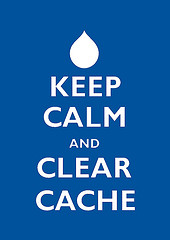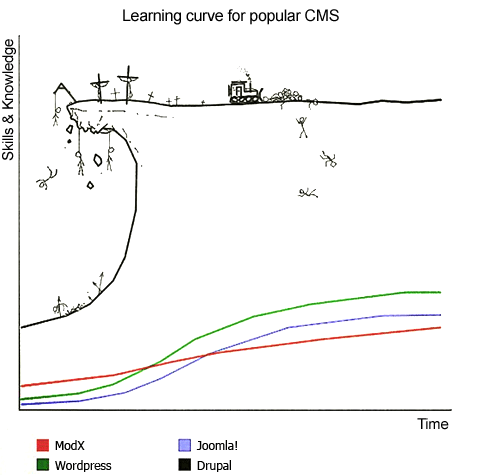
Keep Calm
I’ve continued to do some research on optimizing the blog responsiveness, and I’m pleased with the results. Anecdotal tests this morning, with no local caching, showed a 2 second load time with a 1.2 second DOMLoaded event. That’s pretty good. Here are a few notes on things I’ve been working on:
- Google’s PageSpeed Tools offered some helpful insights.
- Minifying some of the text assets – HTML, CSS, and JavaScript – is working well, though I’d like to be more easily able to toggle this for debuggng.
- Using the Rackspace CloudFiles caching with WordPress lacks a good automated tool on the WordPress side to keep the cache synced with changes. I’ve been using the SuperCache plugin for local speedups, and it supports a variety of CDNs. The CDN-Sync-Tool plugin is no longer available on the WordPress.org site, and several forks on GitHub all seem to be out of date. It’s unclear, so far, where the problem is. The WP cron jobs are failing. Whether that’s an internal configuration problem, or unsupported calls to an old API, I haven’t worked out yet. Next time I try this, I’ll look at some deeper pilot testing for CDNs with better WordPress support.
- Inspired by “Why Bother with Accessibilty” by Laura Kalbag, part of the excellent 24ways series, I did some initial accessibility testing. The WAVE Web Accessibility Evaluation Tool tests your site for accessibility, an essential feature these days. Accessibility makes your site more understandable and easier to navigate for all users. Disabilities aren’t someone else’s problems; they are a state we will all pass through at one stage or another.There are a few glitches in my templates that I will work to rectify. A larger problem s the observation that my style choices have lead to a rather low-contrast site.

